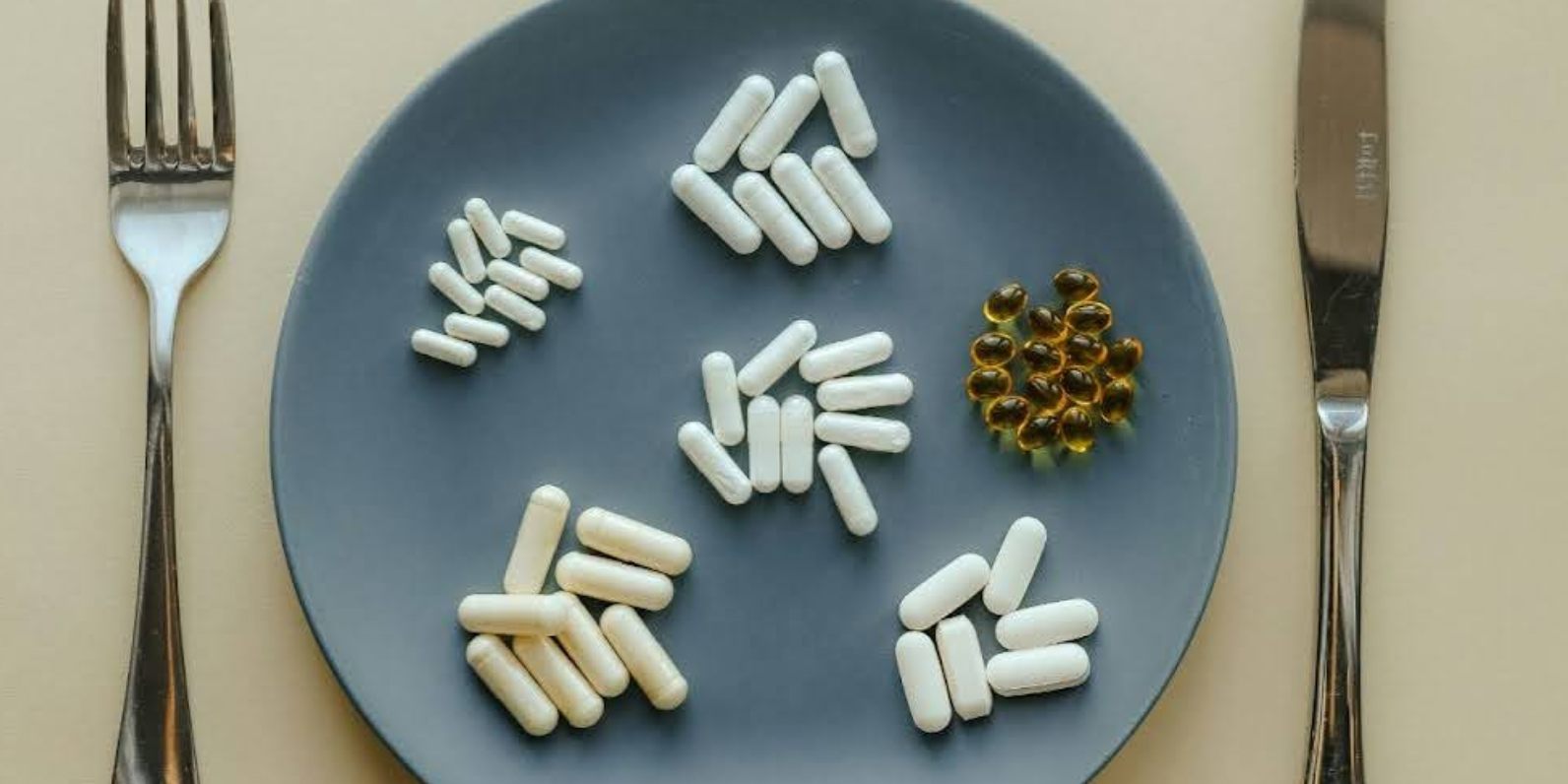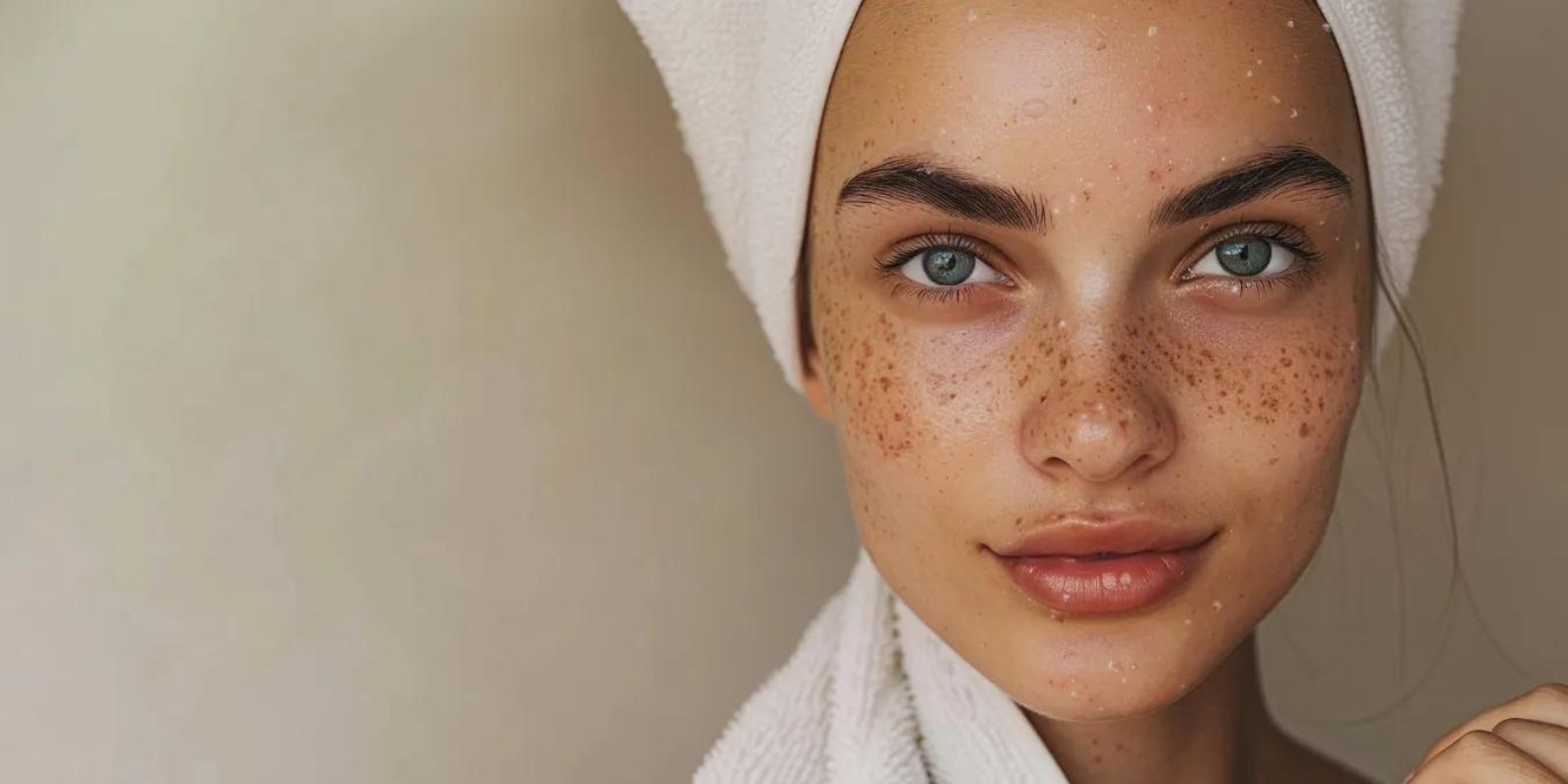LED light therapy reduces acne lesions by 70% in clinical studies. This treatment kills acne bacteria and decreases inflammation without medication or surgery. Research shows 92% of patients experience partial to complete acne clearance within 4 to 12 weeks of consistent treatment.
What Does LED Light Therapy Do for Acne?
LED light therapy uses specific light wavelengths to destroy acne bacteria and reduce skin inflammation. Blue light at 415nm kills Cutibacterium acnes bacteria on the skin surface. Red light between 630-660nm penetrates deeper to calm redness and accelerate healing.
How Blue Light Targets Bacteria
Blue light activates porphyrins inside bacteria cells. This activation creates toxic oxygen species that destroy bacteria from within. Studies confirm blue light kills up to 99.9% of acne-causing bacteria during treatment sessions. The process happens naturally as bacteria produce coproporphyrin III molecules that absorb blue wavelengths.
How Red Light Reduces Inflammation
Red light reaches the dermis layer where inflammation occurs. The light stimulates cellular repair and reduces inflammatory responses. Red wavelengths also boost collagen production and improve skin texture over time. Patients often notice reduced pain and tenderness in inflamed lesions after red light exposure.
Combined Wavelength Benefits
Combined blue and red light therapy addresses multiple acne factors simultaneously. Blue wavelengths eliminate bacterial overgrowth while red wavelengths calm existing inflammation and prevent scarring. Professional facilities like FACE Skincare Medical Wellness use combined wavelength systems to maximize treatment effectiveness.
How Effective Is LED Light Therapy According to Research?
A systematic review of 35 studies involving 1,185 patients found 92% achieved partial acne remission with visible light therapy. Among patients who responded to treatment, 46% reduced acne lesions by 0-50%, 33% reduced lesions by 51-74%, and 12% reduced lesions by 75-99%. Only 3% experienced no response, and 2% saw worsening.
Mass General Brigham researchers analyzed six randomized controlled trials with 216 participants. Results showed LED devices significantly reduced both inflammatory papules and non-inflammatory comedones. Patients using self-administered devices experienced 70% reduction in inflammatory acne after completing treatment protocols.
A direct comparison study evaluated LED masks against 2.5% benzoyl peroxide, finding LED reduced inflammatory lesions by 24.4% versus 17.2% for benzoyl peroxide. LED treatments caused significantly less skin irritation, dryness, and peeling.
Timeline for Visible Improvement
Patients typically notice changes within 4 weeks of starting treatment. The average total lesion count improved by 43% at week 4 compared to baseline measurements. Maximum results appear between weeks 8 and 12 with consistent use following prescribed protocols.
Who Should Use LED Light Therapy for Acne?
LED light therapy works best for mild to moderate inflammatory acne. Ideal candidates have red, swollen pimples and pustules rather than severe cystic nodules. Research shows effectiveness across all skin types classified as Fitzpatrick phototypes I through VI.
Good candidates include teenagers experiencing hormonal breakouts and adults with persistent acne. Pregnant or breastfeeding patients who cannot take oral medications find LED therapy particularly valuable. Individuals with antibiotic-resistant acne benefit from the non-pharmaceutical mechanism of action. Patients with sensitive skin that reacts poorly to topical products appreciate the gentle nature of light-based treatment.
Acne Types With Limited Response
LED therapy has limitations for certain acne types. Whiteheads and blackheads classified as non-inflammatory comedones respond poorly to light treatment alone. Severe cystic acne and deep nodules require stronger interventions like oral isotretinoin or cortisone injections.
Medical Contraindications
Patients with photosensitive conditions should avoid LED treatments without medical clearance. This includes individuals with lupus erythematosus, porphyria, or polymorphic light eruption. People taking photosensitizing medications like tetracycline antibiotics need physician evaluation before starting therapy.
What Is the Difference Between At-Home and Professional LED Devices?
Professional LED devices deliver 50-100 mW/cm² compared to 10-30 mW/cm² from consumer products. Medical-grade equipment penetrates deeper and produces faster results. In-office treatments at medical spas use FDA-cleared Class II medical devices.
Professional treatments cost $40-60 per session. Treatment protocols require 8-12 sessions scheduled twice weekly over 4-6 weeks. Total investment ranges from $320-720 for complete initial treatment courses. Facilities offering acne treatments in Michigan combine LED therapy with comprehensive skin analysis.
At-home LED devices range from $100-500 for one-time purchase. These require daily 10-20 minute sessions for 8-12 weeks to approach professional treatment results. Home devices provide unlimited treatments after initial purchase, making them cost-effective for long-term maintenance.
Professional settings allow combination treatments with chemical peels, extractions, or other modalities performed during the same visit. Home device advantages center on convenience and long-term economics. Many patients achieve optimal results by starting with professional treatments then transitioning to home devices for ongoing management.
How Does LED Light Therapy Compare to Other Acne Treatments?
LED therapy reduced inflammatory acne by 24.4% compared to 17.2% for 2.5% benzoyl peroxide in a 12-week randomized trial. The LED treatment group experienced fewer side effects including less dryness, peeling, and contact dermatitis.
Blue light therapy improved acne by 76% versus 34% for topical clindamycin antibiotic after 5 weeks of treatment. LED therapy avoids antibiotic resistance issues that increasingly plague oral and topical antimicrobials. LED therapy’s photodynamic mechanism prevents resistance development because bacteria cannot adapt to wavelength-specific light absorption.
LED therapy offers advantages over oral isotretinoin for mild to moderate cases. Isotretinoin causes serious side effects including birth defects, depression, liver damage, and severe mucocutaneous dryness. LED treatments produce no systemic effects or teratogenic risks.
Laser treatments like AviClear laser therapy target sebaceous glands for longer-lasting results. Lasers cost $200-500 per session compared to $40-60 for LED treatments. Laser therapy requires fewer total sessions but involves more discomfort and greater risks of pigmentation changes in darker skin types.
What Treatment Protocol Works Best for LED Acne Therapy?
Optimal results require 2-3 treatments weekly for 4-6 weeks minimum. Clinical studies tested protocols ranging from 8-20 minutes per session. Daily treatments produce better outcomes than twice-weekly applications.
Pre-treatment preparation maximizes light penetration. Patients must cleanse skin thoroughly to remove makeup, sebum, and environmental debris. Pat skin completely dry before positioning LED device. Remove all jewelry and metal accessories that might reflect light away from treatment areas.
Treatment parameters follow research-based specifications. Blue light protocols use 415-420nm wavelength at fluence levels of 48 J/cm². Red light employs 630-660nm wavelengths at similar energy levels. Position devices 6-12 inches from treatment areas. Most sessions last 10-20 minutes depending on device power.
Post-treatment care supports healing. Apply non-comedogenic moisturizer immediately after treatment. Use broad-spectrum SPF 30+ sunscreen daily. Avoid harsh physical or chemical exfoliants for 24 hours post-treatment.
Maintenance therapy prevents acne recurrence after achieving initial clearance. Most patients require 1-2 weekly sessions indefinitely to maintain clear skin. Some individuals need daily maintenance using home devices depending on acne severity.
Can LED Therapy Combine With Other Acne Treatments?
LED light therapy safely combines with benzoyl peroxide, salicylic acid, and retinoids. Apply topical products after LED treatment rather than before. Pre-treatment application creates a barrier that reduces light penetration into follicles where bacteria reside.
LED therapy following RF microneedling procedures enhances collagen production and wound healing. Patients receiving laser skin treatments benefit from subsequent LED therapy to calm redness and accelerate recovery.
Medical spas frequently pair LED sessions with customized celebrity-style facials for comprehensive skin improvement. Aestheticians perform extractions to remove comedones unresponsive to LED therapy alone.
Avoid LED therapy while taking isotretinoin without physician approval. Isotretinoin increases skin fragility and photosensitivity significantly. Patients using photosensitizing medications including doxycycline need medical clearance before starting light treatments.
What Side Effects Does LED Light Therapy Cause?
LED light therapy produces minimal side effects in most patients. Clinical trials document temporary mild redness and dryness as the most common reactions occurring in fewer than 10% of participants. These effects resolve within 1-2 hours after treatment.
Documented adverse effects include temporary skin redness, mild dryness or tightness, and slight warmth during treatment. Rare headaches from bright light exposure affect photosensitive individuals.
Blue light causes dose-dependent hyperpigmentation in darker skin types classified as Fitzpatrick IV-VI. Patients with darker complexions face higher risk of post-inflammatory pigmentation changes. Lower treatment intensity and careful monitoring help minimize this risk.
Serious side effects occur rarely in properly conducted treatments. FDA approval of LED devices requires extensive safety testing. The absence of UV radiation eliminates skin cancer risk and photoaging concerns. LED therapy does not cause thermal damage since devices operate at low temperatures.
Patients diagnosed with lupus erythematosus should avoid light therapy. Those with porphyria disorders experience severe reactions to light exposure and cannot use LED treatments. People with uncontrolled epilepsy triggered by flashing lights need neurologist approval.
How Much Does LED Light Therapy Cost?
Professional LED acne treatments cost $40-60 per session at medical spas and dermatology offices. A standard protocol requires 12 sessions over 6 weeks, totaling $480-720 for complete initial treatment.
FDA-cleared home devices range from $100-500 depending on features and quality. Basic single-wavelength blue light devices start at $100-150. Mid-range devices costing $200-300 offer both blue and red wavelengths. Premium medical-grade home systems reach $400-500.
Insurance coverage for LED acne therapy remains extremely limited. Most carriers classify LED treatment as cosmetic care lacking medical necessity. Patients typically pay entirely out-of-pocket for LED therapy.
Monthly expenses for different approaches include LED home device at $25-40 when amortized over 12 months. Professional LED sessions cost $160-240 monthly assuming twice-weekly treatments. Prescription oral antibiotics range $30-200 monthly. Topical retinoids cost $50-150 monthly.
Package deals reduce per-session costs at medical spas. Most facilities offer series pricing for 6-12 treatments providing 10-20% discounts. Membership programs provide additional savings through monthly subscription models.
What Results Can Patients Expect From LED Acne Treatment?
Most patients see noticeable improvement by week 4 of consistent treatment. Research indicates average lesion counts decrease by 43% at the 4-week measurement point. Peak results appear between weeks 8-12 with proper protocol adherence.
During weeks 1-2, patients notice reduced oil production and fewer new breakouts forming. Weeks 3-4 bring faster healing of active pimples and decreased inflammation. Weeks 6-8 show significant reduction in total lesion count with noticeably clearer skin. Weeks 10-12 deliver maximum improvement with sustained acne suppression.
Multiple factors affect individual treatment outcomes. Baseline acne severity strongly predicts absolute improvement. Treatment consistency and frequency directly correlate with results. Hormonal influences profoundly affect outcomes, particularly in women with menstrual cycle-related breakouts.
LED therapy manages acne rather than curing it permanently. Treatment controls symptoms by reducing bacterial load and modulating inflammation. Discontinuing therapy allows acne to recur in most cases. Most patients require 1-2 weekly sessions indefinitely to maintain clear skin.
How Does LED Light Kill Acne Bacteria?
Blue LED light activates porphyrins produced naturally by Cutibacterium acnes bacteria. Porphyrin molecules absorb 415nm wavelength light preferentially. This wavelength-specific absorption triggers photochemical reactions generating reactive oxygen species harmful to bacterial cells.
Acne bacteria naturally produce coproporphyrin III molecules as metabolic byproducts. Blue light photons penetrate skin and reach follicles where bacteria colonize. Porphyrin molecules absorb the specific 415nm energy and enter excited states. Excited porphyrins transfer energy to nearby oxygen molecules, generating singlet oxygen and free radicals.
Singlet oxygen and reactive oxygen species damage bacterial cellular components. Cell wall integrity fails as lipid membranes undergo peroxidation. DNA damage prevents bacterial replication. Bacteria die from accumulated oxidative damage within hours of light exposure.
Red light reduces inflammation through entirely different pathways. Red wavelengths penetrate to dermal fibroblasts and vascular structures. Mitochondria in these cells absorb red light photons. Absorbed energy increases ATP production through enhanced electron transport chain activity. Higher ATP availability accelerates cellular repair processes and collagen synthesis.
Can LED Therapy Treat Body Acne?
LED light therapy effectively treats chest, back, and shoulder acne with the same mechanisms as facial acne. Body acne often involves deeper inflammation requiring red light therapy to reach affected tissues.
Body acne treatment presents unique challenges. Larger surface areas require extended session times or specialized equipment. Full-body LED beds treat torso acne efficiently by exposing entire regions simultaneously. Home devices require multiple positioning changes to cover back and shoulder areas completely.
Treatment parameters remain consistent across body locations. Blue light at 415-420nm targets bacteria regardless of anatomical site. Red light at 630-660nm reduces inflammation in trunk skin similarly to facial tissue. Session duration extends proportionally to treatment area size.
Professional facilities offer body acne LED treatments using full-body beds or large panel arrays. These sessions cost $75-150 depending on treatment area size. Some medical spas like those providing comprehensive body treatments incorporate LED therapy into multi-modal programs.
Does LED Light Therapy Help Acne Scars?
Red LED light improves fresh acne scars through collagen stimulation and inflammation reduction. Treatment works best on scars less than 6 months old still undergoing active remodeling. Early intervention prevents abnormal scar formation and reduces eventual severity.
LED therapy shows limited effectiveness on established atrophic scars. Deep ice-pick scars, boxcar depressions, and rolling scars result from collagen destruction beneath skin surface. Effective treatments for old depressed scars include Morpheus8 RF microneedling or subcision procedures.
Red light reduces redness in healing lesions by calming inflammation. Prevention of hyperpigmentation occurs through melanocyte activity modulation. Skin texture gradually improves through enhanced collagen organization during healing.
Begin LED therapy immediately after acne lesions drain or resolve. Daily red light sessions for 8-12 weeks optimize scar prevention. Continue maintenance treatments monthly for 6 months to support complete scar maturation.
Frequently Asked Questions
How Long Does Each LED Light Therapy Session Take?
Each LED light therapy session takes 10-20 minutes depending on device power output and treatment area size. Professional treatments typically last 15-20 minutes while home devices require similar durations.
Can I Wear Makeup Immediately After LED Light Therapy?
You can apply makeup immediately after LED light therapy sessions. Most patients experience no redness requiring coverage time. If mild temporary redness appears, wait 15-30 minutes before applying cosmetics.
How Soon Will I See Results From LED Acne Treatment?
Most patients notice initial improvements within 4 weeks of starting consistent LED therapy. Significant visible results typically appear between weeks 6-8. Maximum acne clearance occurs around weeks 10-12.
Does LED Light Therapy Hurt or Cause Discomfort?
LED light therapy causes no pain or significant discomfort during treatment. Most patients report feeling gentle warmth or mild tingling sensations. The treatment involves no needles, chemicals, or burning sensations.
Will My Acne Come Back After Stopping LED Therapy?
Acne typically returns within weeks to months after discontinuing LED light therapy. The treatment controls acne symptoms rather than permanently curing the condition. Most patients require maintenance sessions of 1-2 weekly treatments to sustain clear skin results.
Final Thoughts
LED light therapy provides safe, effective treatment for mild to moderate acne through targeted bacterial destruction and inflammation control. Clinical evidence demonstrates 92% of patients achieve improvement with consistent treatment protocols. Results appear within 4 weeks and maximize between weeks 8-12 of regular treatments.
Research confirms LED therapy works across all skin types without serious side effects. Studies show 70% reduction in inflammatory lesions over standard treatment courses. Blue light at 415nm wavelength eliminates bacterial overgrowth. Red light at 630-660nm calms existing inflammation and promotes tissue repair.
Success requires consistent adherence to recommended treatment schedules. Patients need 2-3 weekly sessions for minimum 4-6 weeks achieving initial clearance. Maintenance therapy prevents acne recurrence. Home devices offer convenient long-term management at lower cost than ongoing professional treatments.
Professional LED treatments at facilities like FACE Skincare Medical Wellness provide medical-grade equipment and expert guidance. These treatments cost $40-60 per session with complete protocols totaling $480-720. Home devices ranging $100-500 deliver cost-effective alternatives.
LED therapy offers advantages over traditional acne medications through gentle mechanisms and minimal side effects. The treatment avoids antibiotic resistance, hormonal disruption, and chemical irritation. Pregnant patients, those with sensitive skin, and individuals seeking natural alternatives benefit particularly from LED’s safety profile.
Schedule a consultation at FACE Skincare Medical Wellness to determine if LED light therapy suits your specific skin needs. Professional assessment identifies appropriate treatment protocols and optimal combinations with other available acne treatments for comprehensive skin clearing.







